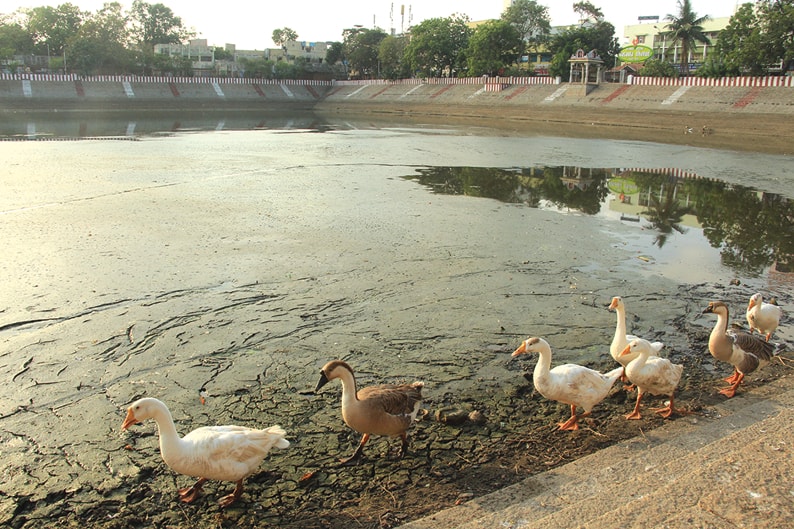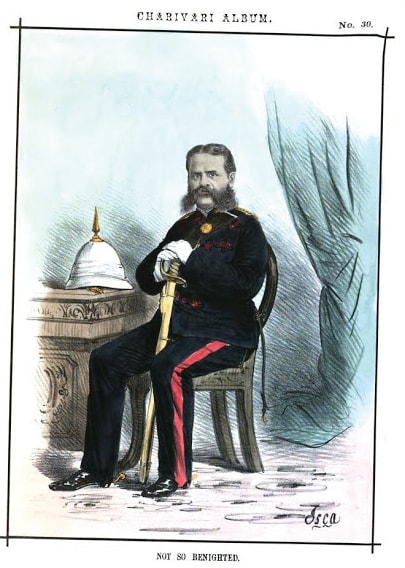Registered with the Registrar of Newspapers for India under R.N.I 53640/91
Vol. XXVII No. 6, July 1-15, 2017
Archives: Vol. XXVII No. 6, July 1-15, 2017
Time for TN to rein in finances
by Our Financial Correspondent
Tamil Nadu has the dubious distinction of topping the southern states in revenue deficit, going by a study of State finances prepared by the Reserve Bank of India.
The Government’s Budget for 2017-18 shows that expenditure has been growing faster than revenue. Revenue grew from Rs. 1,29,000 crore in 2015-16 to Rs. 1,59,000 crore in 2017-18 (Budget), whereas in the same period expenditure is expected to grow from Rs. 1,41,000 crore in 2015-16 to Rs. 1,75,000 crore in 2017-18, widening the revenue deficit from Rs. 12,000 crore to Rs. 16,000 crore. The same document explains that the rise in expenditure is due to increase in food subsidies, loan waivers, free electricity and other items.
About 78 per cent of revenue goes towards expenditure of a non-development nature, constricting discretionary fiscal space for improving public services and leveraging borrowings for productive asset creation. Interest payment as a percentage of revenue receipts for the State is large, at 13.8 per cent for 2016-17, Kerala outdoing Tamil Nadu being the largest at 14.9 per cent. Telangana presents a refreshingly different picture at 7.6 per cent to be reckoned as the best disciplined state (RBI Study). Growing revenue deficit is an area of concern, as it means that we are borrowing even to meet routine needs.
Overlooking this compulsive need to borrow, even the quality of spending has not been irreproachable. Capital expenditure on Health and Family Welfare to aggregate expenditure fell steeply from 9.78 per cent in 2013-14 to 7.61 per cent in 2014-15 and similarly capital expenditure on water supply, sanitation, urban development fell from 64.02 per cent of total expenditure to 41.86 per cent during the same period, indicating a declining emphasis on essentials (CAG Study). Increasing resort to free doles may produce votes, neglecting the foundation for growth and welfare.
Referring to quality of spending, it is necessary to clarify that the “accountant’s” classification of expenditure as capital and revenue could be misleading. Increasing hospital and nursing staff or strengthening conservancy staff or reinforcing police force or improving their emoluments – all go towards improving public services although they are categorised as revenue expenditure. The classical example is that of the mid-day meal scheme which is revenue expenditure. Closer insight shows that it has built children of yesterday into healthy youth of today, reduced school drop-outs thereby improving literacy and brightening family futures. This so-called revenue expenditure built the community’s human asset. The late MGR had the vision to think beyond numbers and conventional wisdom to perceive great value in providing nutrition to children. We have a much healthier youth today than when this scheme was introduced in the 1980s. On the other hand, capital expenditure on arches, memorials and cosmetic beautifications do not contribute to growth and welfare.
The State’s outstanding debt has surged as a percentage of GSDP from 16.14 per cent in 2012-13 to 20.90 per cent in 2017-18 (Budget) and in terms of value it stands at a staggering Rs. 3,14,000 crore in 2017-18 (Budget)
What rainless Madras is going through…

Even that little water that was in the Mylapore Tank for its ducks has vanished. This picture was taken to show what rainless Madras is going through. (Courtesy: Mylapore Times.)
A shake up in the world of IT
by A Special Correspondent
For long, Information Technology was the blue-eyed poster boy of Indian industry. It brought in foreign exchange, employed millions and made sure we were part of the new world. Manufacturing, which had kept Tamil Nadu going for decades, was suddenly passé and lost its sheen. Nobody wanted to work with machines, in factory spaces, filled with unionised labour. In contrast to that, the world of IT was hugely attractive. But that scenario may soon change, for the worse.
The nature of the industry has suddenly undergone a change. Gone are the days when IT companies required millions of coders, 50 per cent of them on the bench, to cover up in case of sudden resignations, something that was endemic to the business. Job-hopping was the mantra and anyone who stayed on in a company for more than two years was considered a has-been. Such an attitude, requiring a complete burial of norms such as notice periods and commitment to an employer, was not considered a virtue. But with job vacancies being in the thousands, hirers and recruits were not bothered about such things. Poaching and overnight job switches were considered new age. It was all held up as an example of how Indian IT was closely following the tenets of the American industry. Loyalty was old world and so dowdy.
Not strictly Madras, but a warning to all of us
by Neal Baker
Death trap decor
Was cladding to blame for London tower fire?

Colourful green and blue panels designed to improve insulation and soften the looks of the brutalist concrete block were fitted to Grenfell Tower in Kensington, West London, as a part of a £10 million refurbishment in May 2017. Dense foam boards coated in zinc rainproof sheets were spaced 30 mm apart across the 24-storey building, which housed 120 flats and at least 500 residents.
Residents claimed cladding on the outside of the building was responsible for spreading the deadly fire so quickly. And experts confirm the composite foam sandwich panels helped spread the fire quickly from the lower floors all the way up the block.
Charivari – 3
The Eurasian in the Legislature

This is a dark horse that would have remained hidden had it not been for the Indian Charivari album. The write-up against his name states patronisingly that the Hon’ble James George Coleman, member of the Madras Legislative Council, was something of an exception to his community. He was a Eurasian, what the modern world classifies as an Anglo-Indian. The album states that he is a shining example of “what a Eurasian can do, unaided, except by his own personal talent and energy.”

